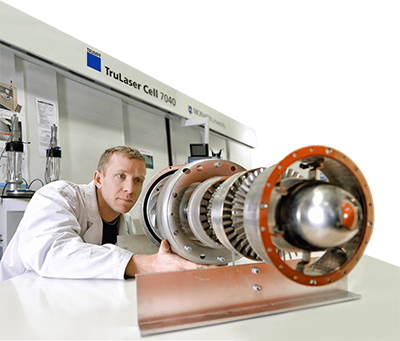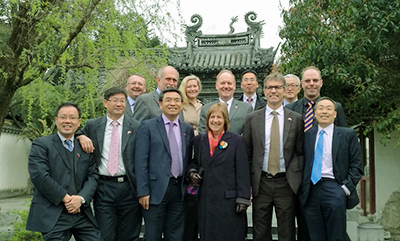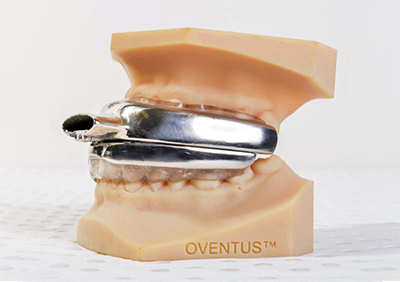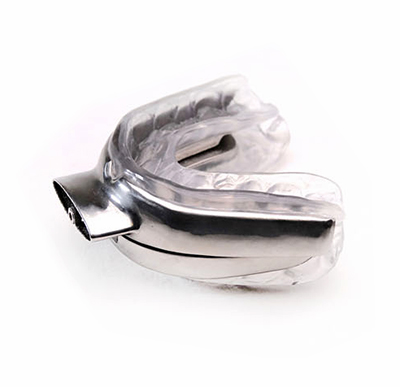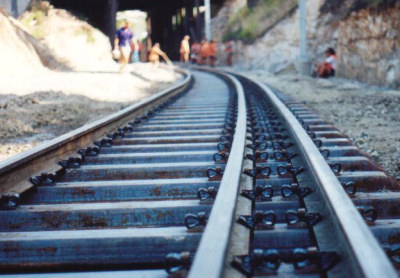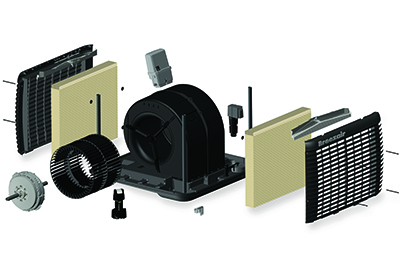CSIRO maps a manufacturing future for Australia
CSIRO has created a ‘blueprint’ for how Australian manufacturers can survive and prosper, despite many industries facing an uncertain national and international future.
The Advanced Manufacturing Roadmap, which was written by CSIRO in collaboration with industry, government and researchers, identifies major growth opportunities and what manufacturers need to do to achieve them. 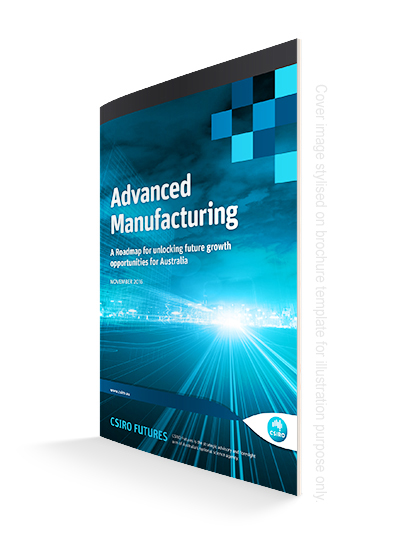
“The Advanced Manufacturing Roadmap is the compass that guides our excellent science to deliver the breakthrough innovation needed to re-imagine Australian advanced manufacturing,” CSIRO chief executive Larry Marshall said.
“Australian science can turn disruptors and increased globalisation into opportunities for value creation right here at home,” Dr Marshall said.
“Whether it's 3D printed sternums to save lives, or 3D paper weaving to help Australian SMEs break into global value chains – or as the great (World War One Prime Minister) Billy Hughes said ‘science will guide the manufacturer into greener pastures’.”
The Advanced Manufacturing Roadmap spells out how manufacturing is becoming increasingly global, Dr Marshall said, with integration into international value chains vital.
He said over the next 20 years, Australia’s manufacturing industry “must evolve into a highly integrated, collaborative and export-focused environment that provides high-value solutions”.
The sector should focus on pre-production activities such as design, research and development; as well as value-adding services, sustainable manufacturing and low volume/high margin customised products.
CSIRO manufacturing director Keith McLean said this would require significant technological innovation by public and private research communities.
“The industrial landscape is changing fast. We need to start evolving with it,” Dr McLean said. 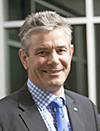
“Australian manufacturing has a strong, high-tech future.
“The research sector needs to focus on areas like sensors, data analytics, advanced materials, robotics, automation, 3D printing and augmented – or virtual – reality.
“Australian manufacturers must transform their businesses by investing in new knowledge, skills and practices.”
The Advanced Manufacturing Roadmap calls on Australia’s research and manufacturing sectors to increase their collaboration and alignment with each other.
“Industry needs to lead this transformation. CSIRO has the expertise, experience and business network to help guide them,” Dr McLean said.
The Advanced Manufacturing Roadmap is the first in a series of Roadmaps being produced by CSIRO, each aligned to the Federal Government’s Industry Growth Centres. 
The Advanced Manufacturing Roadmap can be downloaded from the CSIRO website.
ROADMAP GUIDE
CSIRO’s Advanced Manufacturing Roadmap urges manufacturers to:
- Place a greater focus on participation in global value chains.
- Improve their ability to attract and retain staff with skills in digital literacy, leadership, customer interface and STEM capabilities.
- Increase the gender, age and ethnic diversity of their workforce.
- Improve business-to-business collaboration.
ends

 How to resolve AdBlock issue?
How to resolve AdBlock issue? 